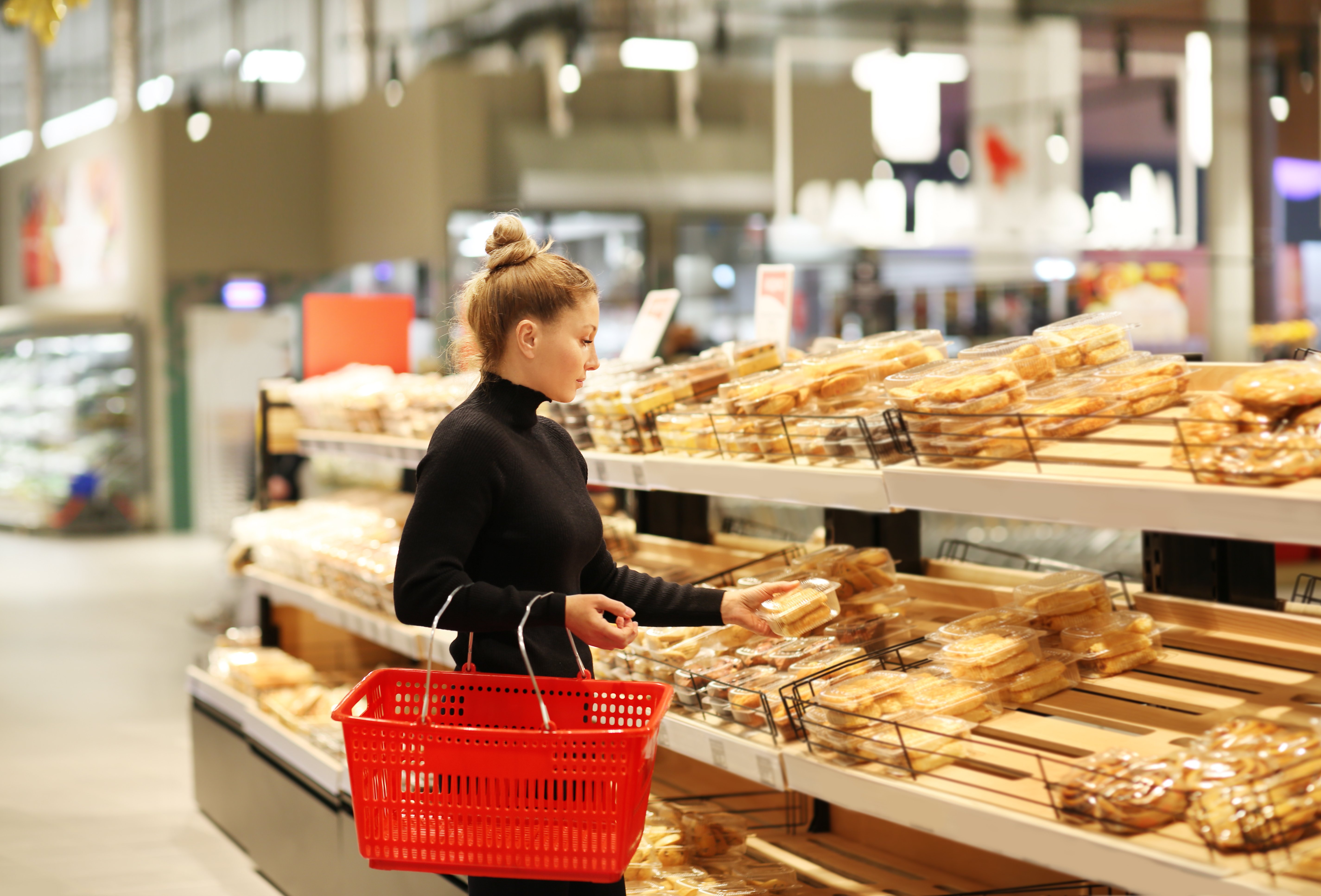
What is Retail Localization?
Retail localization refers to the process of tailoring store products and shopping experiences to local communities, as opposed to offering the same selection of products across all stores.
Localization has long been a best practice for independent retailers and direct-to-consumer (D2C) companies, but it wasn't until circa 2019 that localization began to really gain traction among larger, national-scale retailers. Specialty retailers such as Urban Outfitters and Vans were experimenting with adding local products to their shelves, and even big-box retailers, the very antithesis of localization, were beginning to dip their toes in this consumer-driven trend.
And then came the pandemic. Retailers quickly shifted their focus away from hyper-personalization and toward shopper safety and convenience. But now that life is returning to somewhat normal, the localization trend is picking back up where it left off. And it's proving to be a valuable differentiator for large retailers, as well as a promising opportunity for smaller consumer packaged goods (CPG) companies looking to expand their share-of-shelf.

Why Retailers are Localizing Product
Localization used to be the default mode of shopping. It wasn't until the second half of the twentieth century, during the rise of big-box retail, that shelves started to look identical across stores.
Stocking the same products in every store has clear benefits from an operational frame of mind: greater economies of scale, easier inventory management, and all the cost-saving benefits of standardization. The downsides are that products don't always best reflect locale (for example, stocking an outdoor apparel store in San Diego with a bunch of heavy winter jackets) and customer selection is greatly restricted.
Some shoppers appreciate being able to find the same products at every store, but there is a rising wave of younger shoppers who want to buy more from local manufacturers (36% of Generation Z and 37% of Millennials are more likely to purchase a product described as local).
With an endless supply of products online to browse and buy, shoppers today expect more out of their in-store shopping experiences. Retailers are certainly aware of this trend, and the ones who are operationally agile enough have already begun using localization to differentiate themselves, but it's not easy to pull off (especially for the big boxes).

How to Pull Off Localization At Scale
In order to make localization work across hundreds or thousands of store locations, large retailers must place trust in the hands of local CPG manufacturers, and these manufacturers, who likely have smaller or outsourced field teams, must in turn be able to consistently deliver great, on-time, in-store merchandising and replenishment, day after day.
With a retail execution software like Movista, though, localization is easy to pull off. Retailers and CPG manufacturers can work effortlessly with each other through one flexible solution that provides real-time, shared visibility of projects to all parties, plus every execution feature store and field teams need for success, such as:
About Movista
Movista is a retail execution software unlike anything else in the industry.
What began as a simple in-store tool for field teams evolved into the most robust retail execution software for all teams: retailers, CPGs, distributors, service providers, and anyone else who completes work in stores.
We unify all the key execution functionality store and field teams need into one powerfully efficient desktop and mobile solution, and we are the only retail execution software that enables performance-data sharing and tasking collaboration across retail partners.
With Movista, you can expect better:
- speed-to-shelf
- on-shelf availability
- planogram and promotional compliance
- in-store sales
- quality of life (for you and your teams)



